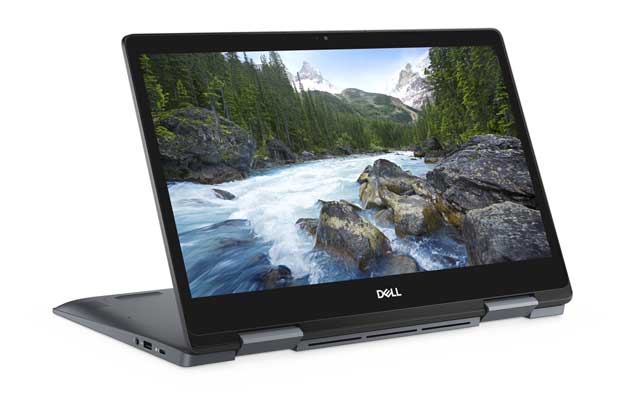Google Chrome OS Could Gain Android-Like Adoptable Storage Option
Google's Chrome OS has managed to make quite a name for itself in a short span of time; especially in the education market. Devices running Chrome OS can be obtained relatively cheaply, although those willing to pony up the cash can grab premium hardware direct from Google.
As Chrome OS matures into a full-featured operating system for the masses, it has adopted some features from its Android sibling. First and foremost, Google has enabled Chrome OS device to run Android apps, which immediately opens up the floodgates for software that the platform can support.

Now, Google is looking to bring another Android feature over to Chrome OS: Adoptable Storage. For those not in the know, Adoptable Storage allows you to insert an SD or microSD card and have the operating system "pool" that external storage with your internal storage. In essence, it serves as a transparent way for the user to add extra storage space that can be accessed by all apps. And given the relatively low cost of microSD cards, this would be a cheap way to add additional storage to Chrome OS devices -- especially low-end devices with limited eMMC onboard.
9to5Google noticed references to Adoptable Storage for Chrome OS in a bug tracker, which states:
This bug is for tracking the feature. Because of the lack of the feature, Chrome OS users cannot install apps to their sdcard… Just to set expectations, we currently don’t have a concrete plan for implementing this. Android’s recommendation (CDD) is to implement adoptable storage in a long-term stable location since accidentally disconnecting them can cause data loss/corruption, but the majority of Chromebooks don’t have such a location unfortunately.
That last statement is in reference to the fact that most Android smartphones have their microSD card located close to the nanoSIM card (and the two cards usually shares a single pull-out tray). Once installed, it's highly unlikely that the card(s) would be removed again over the life of the device (unless the user were to upgrade to a larger storage card).
However, with a Chrome OS device, the microSD slot is usually more readily accessible on the exterior of the device. This could lead to data loss or corruption -- as mentioned in the bug tracker above -- if the card is accidentally removed. Whatever the case, this would be a welcome option for Chrome OS users that could otherwise take advantage of such a novel feature.

